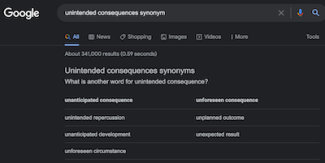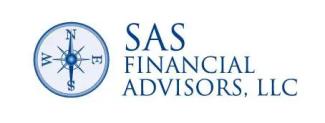
The course of the pandemic
So many twists and turns, unintended consequences, mysteries, successes, and failures in the course of the pandemic. We know that massive monetary and fiscal intervention reversed a steep decline in the stock market and economic paralysis. In some senses, that was one of the easiest parts of decisive government decisions. As the pandemic has dragged on, the unified efforts of the government have become mired in politics and the vicissitudes of human behavior. One highly controversial government program was substantially increasing unemployment benefits. Initially, the federal government added a $600 weekly benefit to normal benefits. This was one tool that stopped the cash flow hemorrhage of the tidal wave of jobs lost. When the initial CARES program expired there was much debate about continuing unemployment benefits and for how long. The benefits were cut in half and terminated on September 4th. Interestingly, some states ended the pandemic unemployment benefits earlier with the view that the higher unemployment compensation was keeping people from returning to work.
The recent jobs report seems to have put a damper on speculation that higher benefits were a major cause of workers not returning to work. The same seemingly anemic report indicated that unemployment was not impacted by the termination of the benefits. 26 states terminated benefits early and had the same employment trends as states that did not terminate benefits. Human nature is a lot more complicated. Turns out that the Delta variant, child-care issues, and low wages are an important part of the reality of the job market right now. The good news in the jobs report is that unemployment dropped to 4.8% but the mismatch between available jobs and workers looking for work continues to cause disruption in the economy as well as the challenges we had before the pandemic of income inequality and racial justice. Sure enough, communities of color are experiencing disproportionate impacts of the pandemic in greater numbers and severity than other communities.
Along with unemployment, it is hard to get visibility past this quarter in terms of GDP growth rates. Wages and prices are increasing at rapid rates with the Fed and US Treasury secretary assuring markets that inflation is transitory and should moderate into 2022. Interest rates are increasing as the Fed says it will taper its bond-buying. The stock market is about 3% off its highs so uncertainty has been ramped up as indicated by an uptick in the VIX index that measures stock market concerns.
Retirement Plan and IRA Required Minimum Distributions FAQs
For 2021, Required Minimum Distributions, or RMDs, will be required from all eligible accounts before 12/31/2021. Last year, 2020, the CARES Act provided a one-year suspension on Required Minimum Distributions. That suspension ended on 12/31/2020.
To determine if you may be required to make a Required Minimum Distribution in 2021, consider the following two questions:
Yes/No: Are you age 72? OR were you age 70.5 years old as of 1/1/2020? OR Regardless of age, do you own an inherited or beneficiary retirement account of any kind?
Yes/No: Do you own any of the following employer-sponsored retirement plans? Profit-sharing plans, 401(k) plans (including Roth 401(k) plans), 403(b) plans, and 457(b) plans. Do you own any traditional IRAs and IRA-based plans such as SEPs, SARSEPs, and SIMPLE IRAs? (Note: RMD Rules do not apply to Roth IRAs while the owner is alive).
If you answered "Yes" to both of the above questions, you may be required to make a distribution from each eligible account before 12/31/2021.
For SAS managed accounts eligible for a 2021 RMD, please contact the SAS Advisor Team with the following information before 10/31/2021:
1. If you would like your RMD to be completed with the same instructions as 2019
2. The percentage to be withheld for federal *and* state taxes, or mark none
3. The account to receive the RMD funds into either another owned Individual, Joint, or Trust account managed by SAS, or an external linked account not managed by SAS
4. If banking instructions are not on file, please complete, sign and send back the following form to the SAS Advisor Team along with your responses: https://veoone.tdainstitutional.com/teamsite_vdh/resources/documents/downloadforms/TDAI9341.pdf
For non-SAS managed accounts eligible for a 2021 RMD, contact that account's advisor, custodian, or plan administration to complete the 2021 RMD before 12/31/2021.
IRS RMD Reference Link per the date of this blog 10/15/2021: https://www.irs.gov/retirement-plans/retirement-plans-faqs-regarding-required-minimum-distribution
This website is informational only and does not constitute investment advice or a solicitation. Investments and investment strategies recommended in this blog may not be suitable for all investors. SAS Financial Advisors, LLC and its members may hold positions in the securities mentioned within this newsletter.

